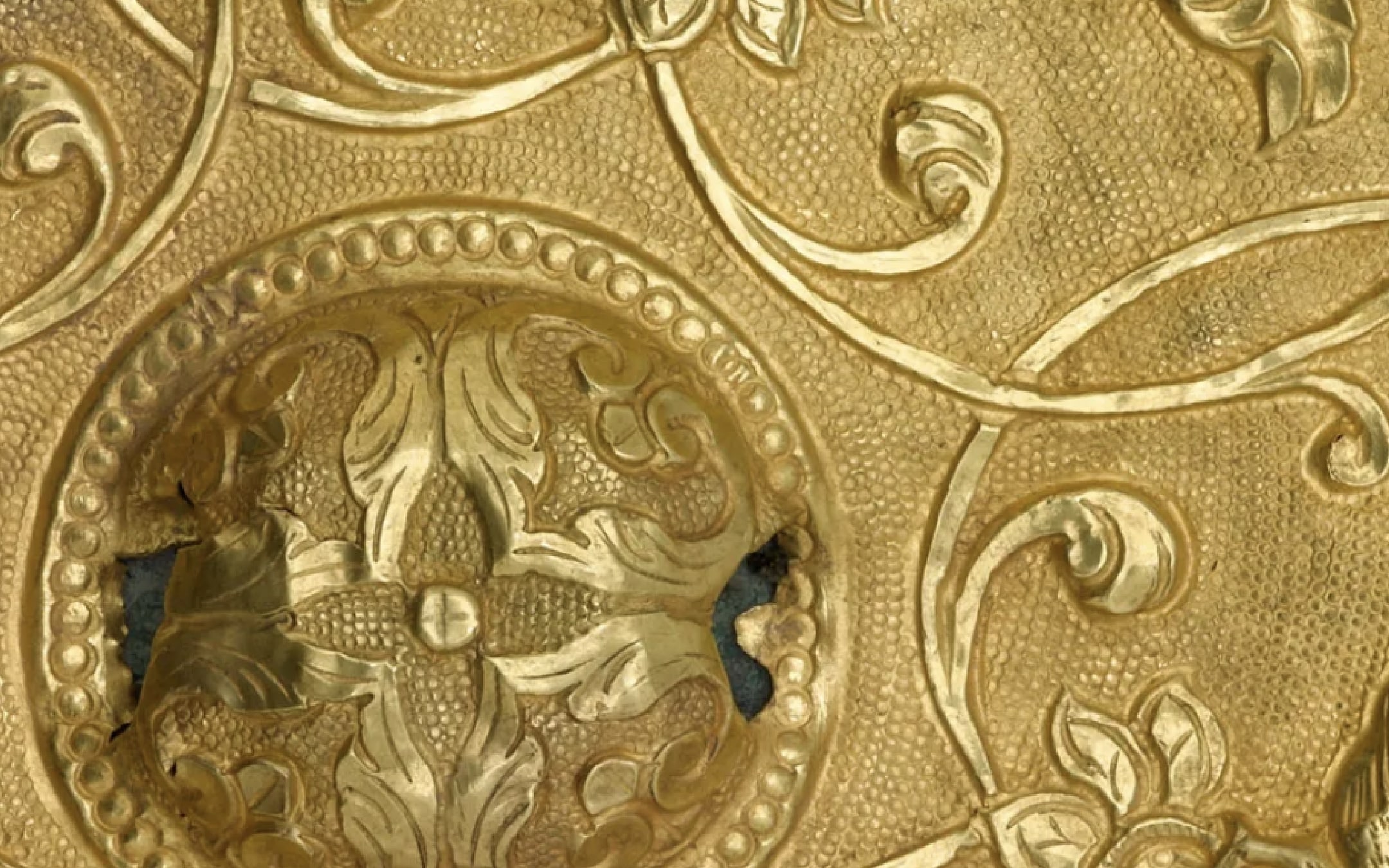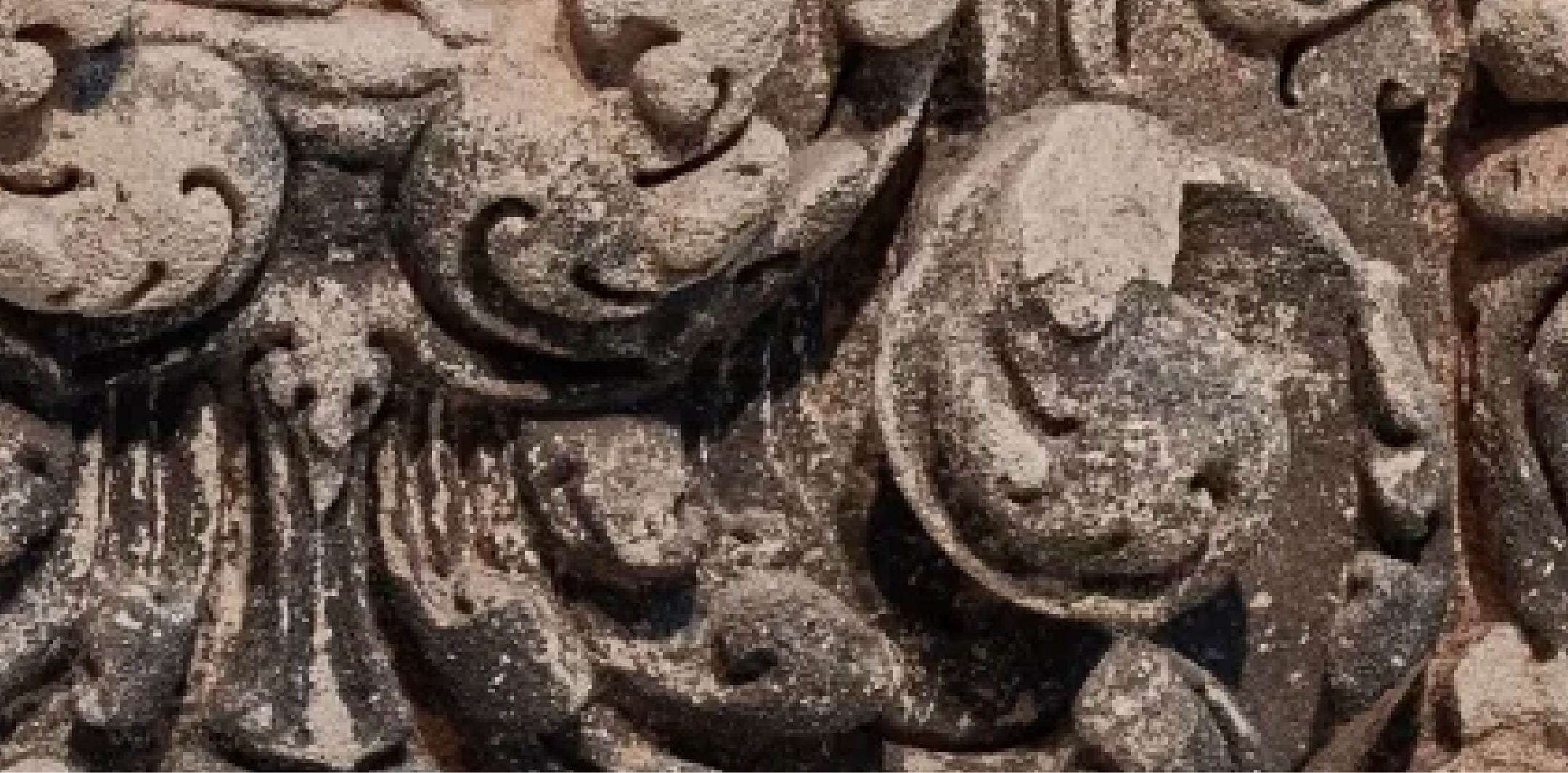Explore this object by clicking on the hotspots | View Full Screen
Saitō Kiyoshi (1907–1997)
Japan, Showa period, 1952
Woodblock print; ink and color on paper
H x W (Image): 21 × 34.9 cm (8 1/4 × 13 3/4 in)
Purchase and partial gift of the Kenneth and Kiyo Hitch Collection from Kiyo Hitch with funds from the Mary Griggs Burke Endowment
S2019.3.1437
Saitō began his Haniwa series in the early 1950s after seeing the collection of haniwa (ancient terracotta burial figurines) at the Tokyo National Museum. He chose the motif partially in response to the growing dominance of abstraction in modern art, challenging himself to turn the three-dimensional haniwa figurines into flat compositions. In this print, Saitō mimics the brown coloring and shape of the haniwa but adds a modern twist to this prehistoric subject by overlapping their forms and introducing the woodgrain patterning from his printing blocks.
Haniwa Series
Saitō made about thirty designs for his Haniwa series, experimenting with printing techniques that would evoke the texture of the earthenware figures. Sometimes he achieved this through color or by thickly applying pigment to a block, which left behind a textured surface reminiscent of rough clay when pulled away from the paper. Saitō’s reduction of the three-dimensional haniwa into simple, geometric shapes and patterns would also inform his later prints featuring traditional Japanese architectural spaces and animal subjects.











